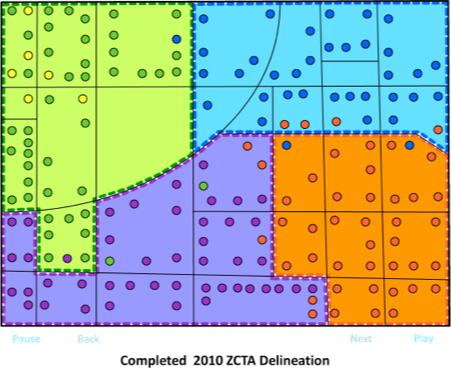Income by Canada Zip Code
As a small business owner or marketer in the US, you are ready to expand your business to Canada.
Our neighbors in the north are experiencing a population boom with the highest growth rate among G7 countries due to international migration, increased life expectancy and the birth rate outpacing the death rate (source).
We're providing you with a tutorial all about Canada zip codes so you can pull this data yourself.












